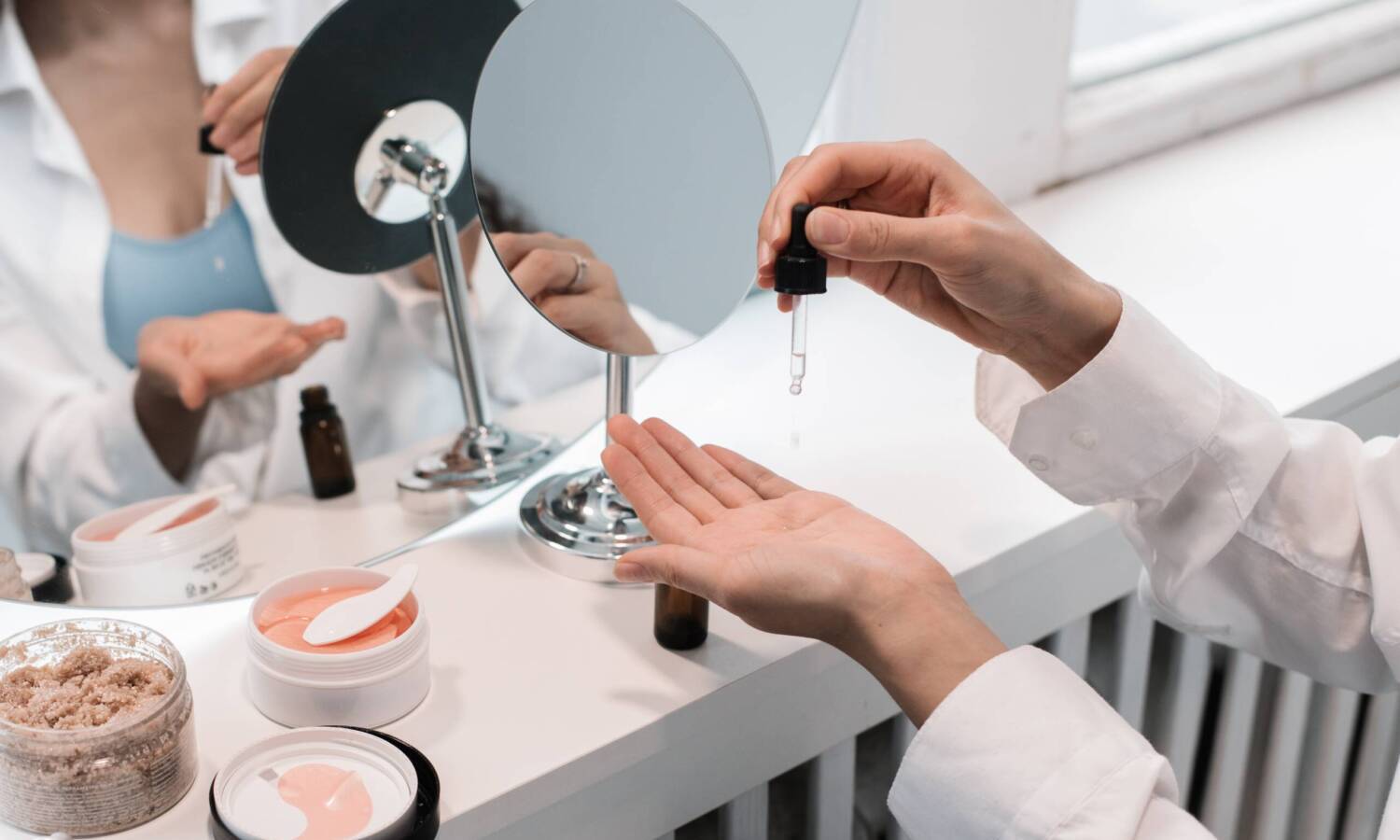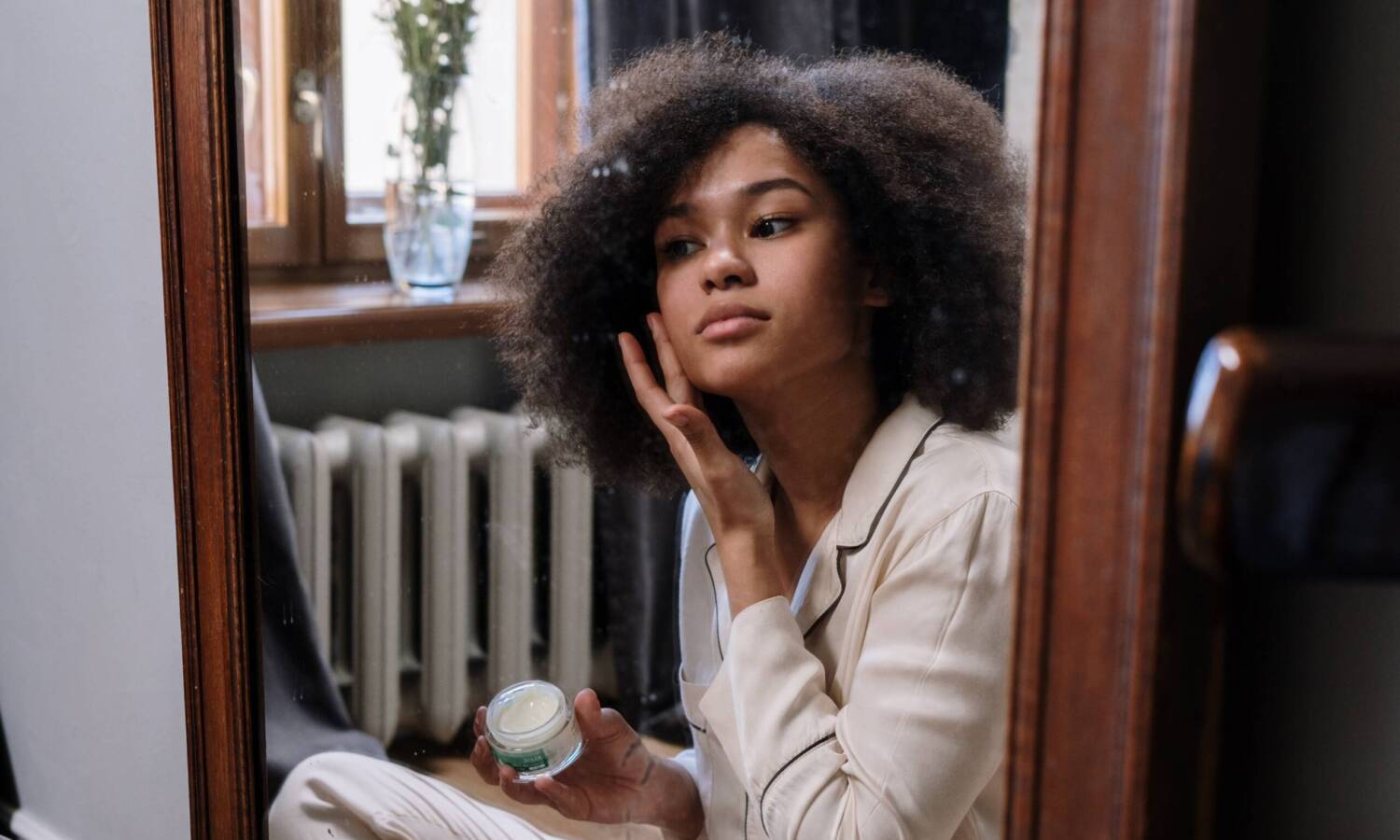
More and more women are taking CBD as a daily supplement – here’s why
This article originally appeared on Cannabis.net and has been republished with permission.
Demand for cannabidiol (CBD) products continues to grow in the United States. In 2020, the value of the CBD market reached $2.8 billion, according to data from Grand View Research. Its healing benefits are what are driving demand, along with an increasing acceptance of its use, as CBD is the most popular cannabinoid due to its lack of psychoactive effects compared to THC.
It may come as a surprise to learn that women have been the driving force behind the growth of the CBD market for many years. A 2018 study showed that more women use CBD than men, and a study by Ease in the same year that analyzed 450,000 cannabis users showed that female baby boomers were the largest segment of CBD users. A recent survey found that women are more likely to use CBD for a medical issue and men are more likely to use CBD for general health and well-being.
Photo by BATCH from Wisconsin Hemp Scientific via Unsplash
RELATED: 3 ways cannabis can help ladies live their best lives
Although the conditions that cannabis has been shown to treat are not gender specific, for many of them women have not had access to proven safe remedies for women’s health problems. This is why it has become so much easier to supplement CBD for overall women’s health; It can be taken in many forms as you would supplement with other things like vitamins.
Additionally, women can safely take oils and other consumption methods without worrying about side effects. And there’s a growing number of women taking CBD-based medications, even without consulting their doctor, thanks to research and anecdotal support found online and in our communities.
Let’s take a look at the reasons why CBD is the best and safest supplement for women’s health.
pain
Men and women perceive pain differently, and there are biological reasons for this.
Women are prone to fluctuating female hormones, which can affect pain perception. An example of this is when the menstrual cycle continues or after menopause, the activity of pain receptors increases due to lower estrogen levels. This then causes the body to become more sensitive to pain. In addition, women have a greater nerve density, which means that they feel more pain than men.
CBD can be used to treat many pain conditions, including migraines, arthritis, fibromyalgia, and more. Women are prone to all types of pain at all stages of life and this is where CBD can help as CBD reduces pain as it interacts with the endocannabinoid system to reduce inflammation.
pain in the pelvic area
With at least 6.5 million women in the US alone suffering from endometriosis, and a majority of women struggling with dysmenorrhea during their periods, pelvic pain is simply something men don’t understand but has become a normal part of life have become of women.
 Photo by PixelsEffect/Getty Images
Photo by PixelsEffect/Getty Images
However, pain should not be normal. Around 20% of women have dysmenorrhea so bad that it can interfere with daily activities and for those struggling with endometriosis we can tell you that sometimes the pain can be much worse than childbirth. CBD is an excellent remedy that can help reduce the inflammation that causes both of these conditions, as well as the flare-up of endometriosis.
Last year, a survey conducted by researchers at the University of Michigan found that women struggling with chronic pelvic pain often use CBD to help them with their symptoms. They also use it in place of other prescription drugs, according to data on opioid drugs published in the Journal of Minimally Invasive Gynecology.
Remedy Review, a natural health products website, surveyed about 1,000 women to see how they use CBD. Pain relief has been touted as one of the top reasons Gen X women are using CBD, although baby boomers are also using CBD for pain relief.
beauty
Today, CBD can be found in countless serums and other beauty products. Studies show that CBD is beneficial in treating and preventing acne breakouts as it can reduce skin inflammation while regulating oil production.
RELATED: Is CBD Good for Your Skin?
 Photo by Cottonbro from Pexels
Photo by Cottonbro from Pexels
These benefits also extend to its anti-aging properties. CBD is a powerful antioxidant that is excellent at eliminating the signs of aging. You can take CBD orally, but you can also apply it topically via serums as well as creams and lotions to enjoy local benefits on your face and help prevent wrinkles.
anxiety and depression
Women are twice as prone to anxiety and depression compared to men, regardless of age. Many of these mood swings are caused by hormonal changes, but there are other factors as well, such as life experiences and some inherited characteristics.
The risk of developing depression begins during puberty, when women are exposed to fluctuating hormone levels. It continues throughout the premenstrual periods of the month, pregnancy, postpartum depression, then perimenopause and finally menopause. Women who supplement with CBD can greatly benefit from its ability to balance hormones; one study even shows that it can also help regulate the production of cortisol, a stress-activating hormone.
sex
Lubricants enriched with CBD are helping countless women find joy in their sex life again. These greatly relieve the dryness and pain associated with intercourse that some women experience. You can also take CBD orally to promote muscle relaxation while treating stage fright.
 Photo by Becca Tapert via Unsplash
Photo by Becca Tapert via Unsplash
RELATED: Can CBD be used to enhance sex?
With all the stress and mental health issues that women are prone to, it can be difficult to enjoy sex, which manifests itself in painful intercourse. CBD can also help with this. THC-infused lubes are new to the market but receive strong reviews from couples where access to these products is more readily available.
With all of these benefits and more, there is no denying that CBD is an essential supplement that women can benefit from at all stages of their lives.
This article originally appeared on Cannabis.net and has been republished with permission.

Post a comment: